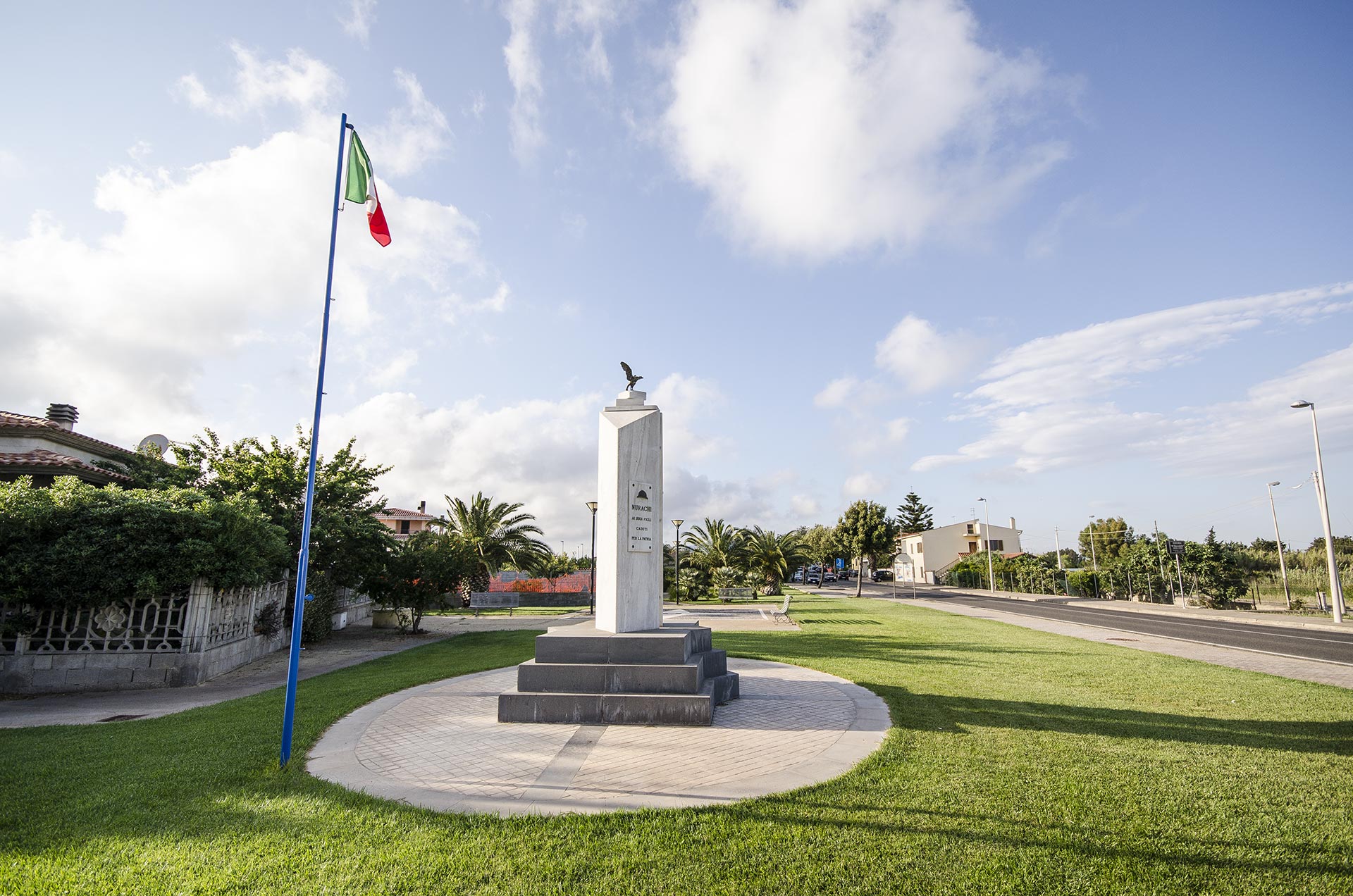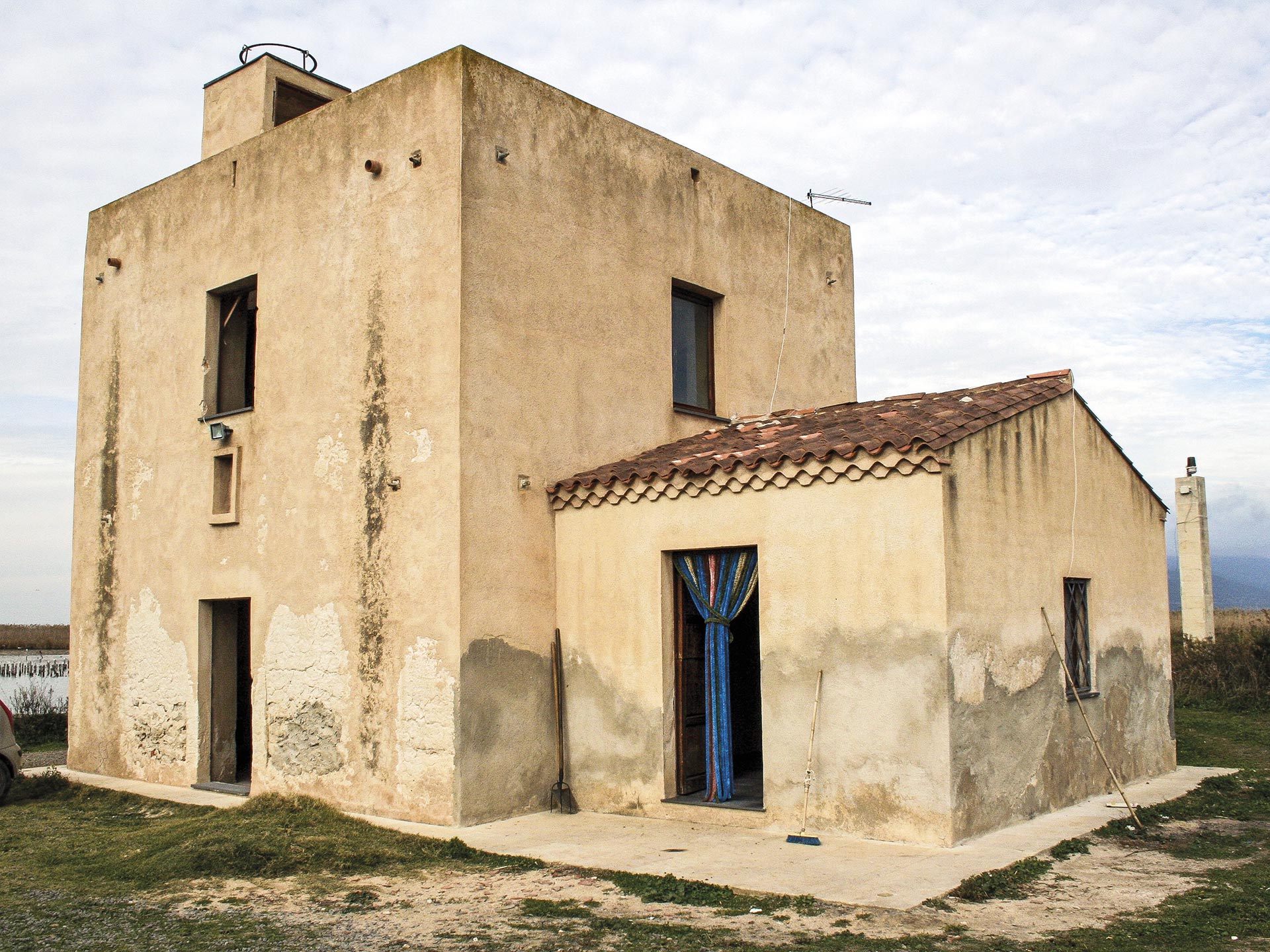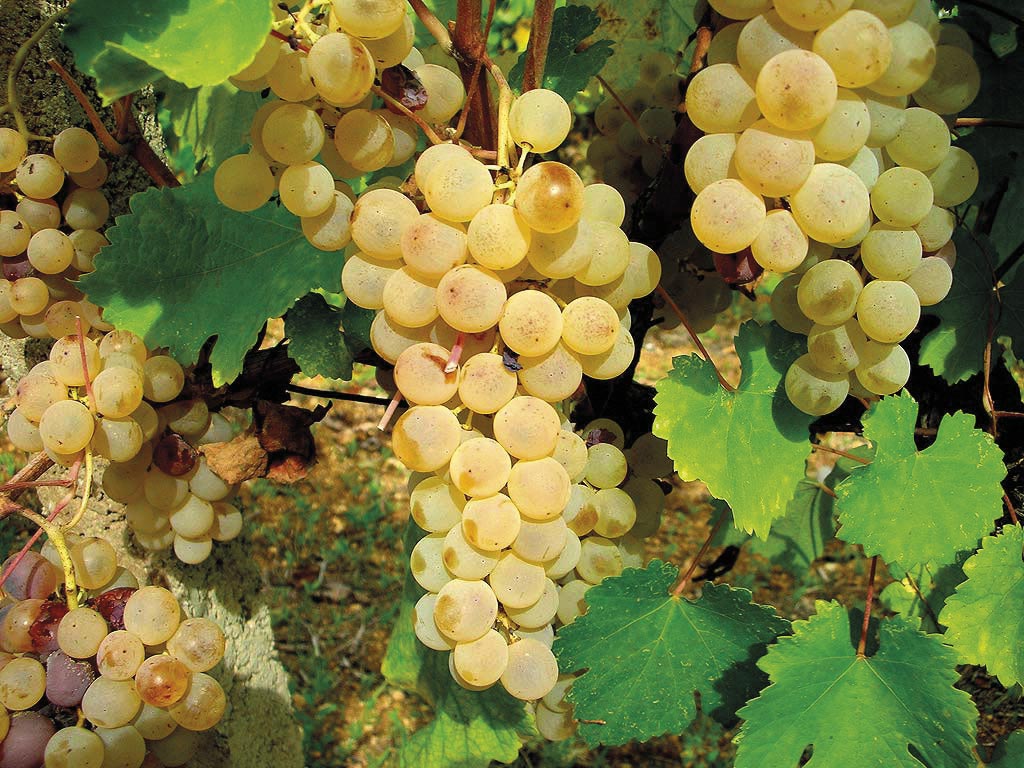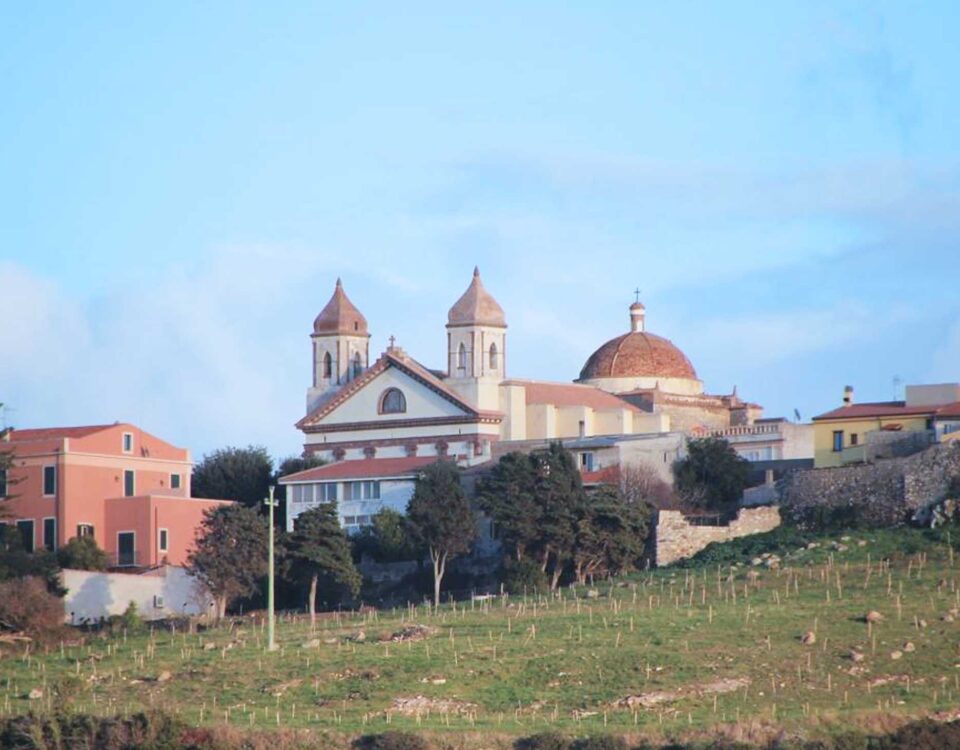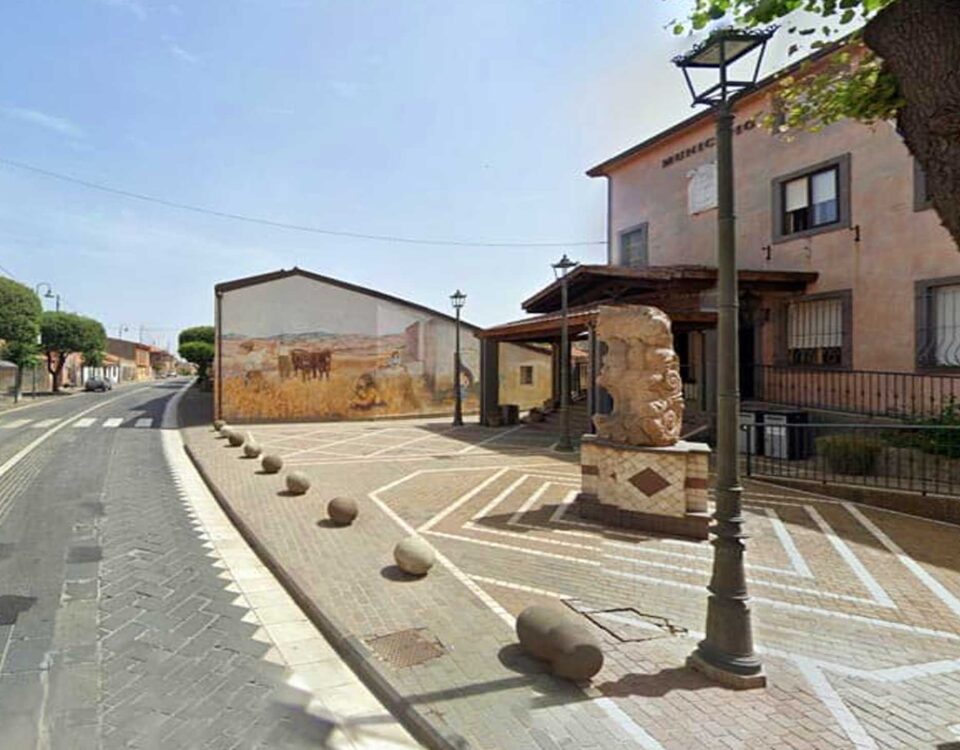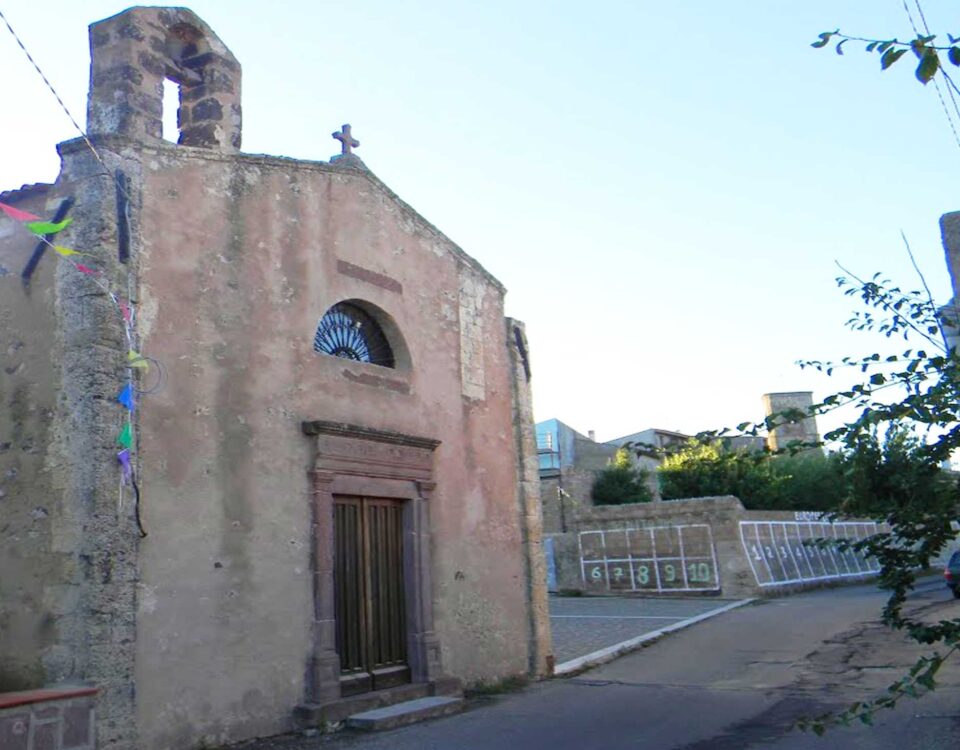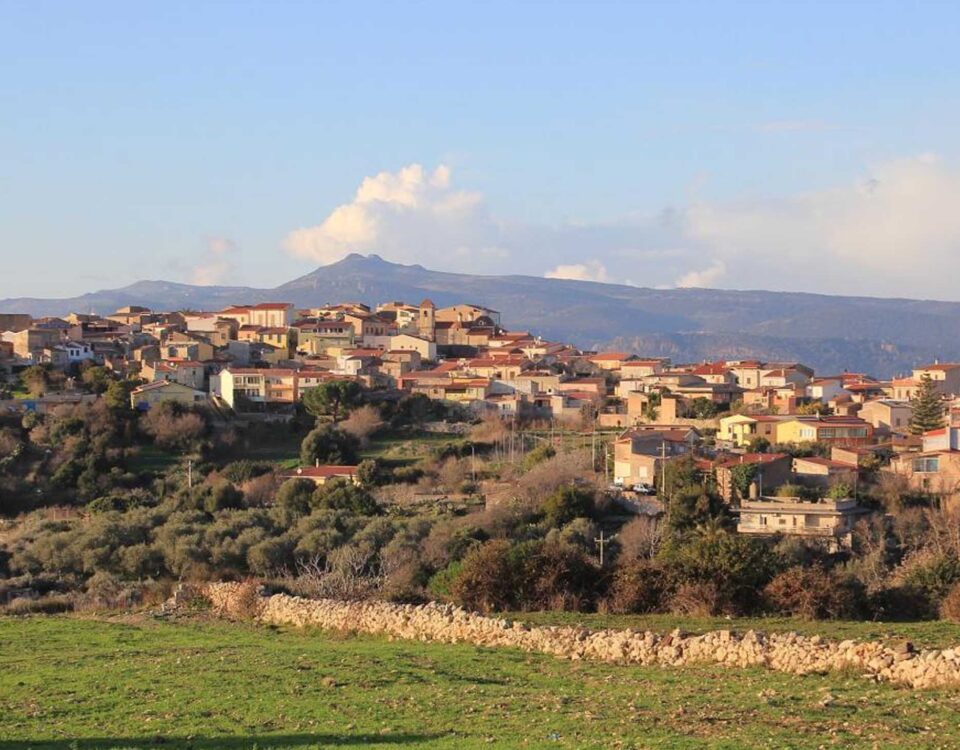
Municipality of Milis
28 March 2023
Municipality of Seneghe
28 March 2023A town of ancient origin, Nurachi now has around 1,700 inhabitants: it is one of the very few small Sardinian municipalities in demographic growth. Its 15.9 sq km territory stretches from the Sinis peninsula to the Cabras pond, one of its most striking environmental assets, of which it includes some peripheral marshes. The Mare 'e Pauli area, adjacent to the pond, covering more than 300 hectares, represents the transition point from the pond to the agricultural system, through the marshes. It has been included in the Ramsar Convention as a wetland to be safeguarded due to the typical nature of the circum-lagoon territory.
It boasts a predominantly agro-pastoral economy: in addition to cereal, vegetable, fodder and citrus crops, particular attention should be paid to vernaccia, the prized white wine produced only in the lower Tirso valley. Sheep, horse, poultry, cattle and pig breeding are also of great importance, but another source of income comes from the nearby Cabras pond, where many fishermen from Nurachi find work.
The name has the root 'nur', stone, rock, also common in other place names in Sardinia, and derives from the three-lobed nuraghe 'Nuraci de Pische' of which few traces remain today.
Inhabited since prehistoric times, there have been settlements since the Neolithic period, as evidenced by the presence of the villages of 'Mare e Pauli', 'Paule e Fenu', 'Cuccuru e Mari' and 'Gribaia', dating back to this period, but above all by what has been found there: arrows and small obsidian hatchets, small marble and terracotta statues, other clay and stone materials, all traceable to the culture of San Michele di Ozieri and San Gimiliano di Sestu.
READ ALL
The frequentation continued with the Nuragic population that settled and built the 'Nuraci de Pische' nuraghe that gave the village its name.
Around 1500 B.C., the Nuragics arrived, as evidenced by the remains of the 'Nuraci de pische' nuraghe, so called because at that time the 19 marshes surrounding it were very fishy. All that remains of the brief Phoenician presence in the area are a few ceramic fragments, the locality Is ollaius and Sa manenzia.
With the arrival of the Romans in 238 B.C., the territory of Nurachi was also affected by their colonisation. It became an important stopping place along the road from Tharros to Cornus. In the localities of San Giacomo, Is ollaius, San Giusto and Crabeddu, oil lamps, amphorae, coins, lachrymates and millstones have been found that can be ascribed to this period, as well as a funerary cippus of considerable interest that presents a depiction of lustral instruments.
In medieval times, it was part of the Giudicato di Arborea, in the Curatoria del Campidano Mayore. It then passed to the Marquisate of Oristano in 1410. Later, in 1478, it came under Spanish rule, of which the Pischeredda watchtower remains today.
The 17 century parish church is dedicated to St John the Baptist. During renovation work in 1983, a pre-existing church dating back to the 6 century A.D. was brought to light with an adjoining baptismal font covered in white plaster and equipped with a channel that allowed excess water to drain away. Surrounding the church was a necropolis with burials dating from the 6 to 7 century AD. The Late Antique church was later overlaid with a single Romanesque hall, which must have originally had a floor made of herringbone bricks given the numerous fragments found on site.
The historical centre still preserves examples of the typical Campidanese house, built with unbaked earth bricks called 'ladiri' or 'ladrini'. The manor house, enriched by a courtyard and adjoining rooms, was divided into two zones: the first comprised the house, service rooms and courtyard, enclosed by mud-brick walls, while the second included a space behind used as a vegetable garden. The roof was made of wattle and daub covered with Silesian tiles, handmade one by one.
Nurachi preserves traditions and historical evidence of great interest exhibited in the 'Peppetto Pau' archaeological and ethnographic museum. The building is a typical Nurachi manor house, and its exhibition is dedicated to the natural environment (dioramas), traditions and typical local products: unbaked earth architecture, bread making, cakes, botargo, merca; the music section displays traditional instruments ('launeddas') and makes use of multimedia technologies.
